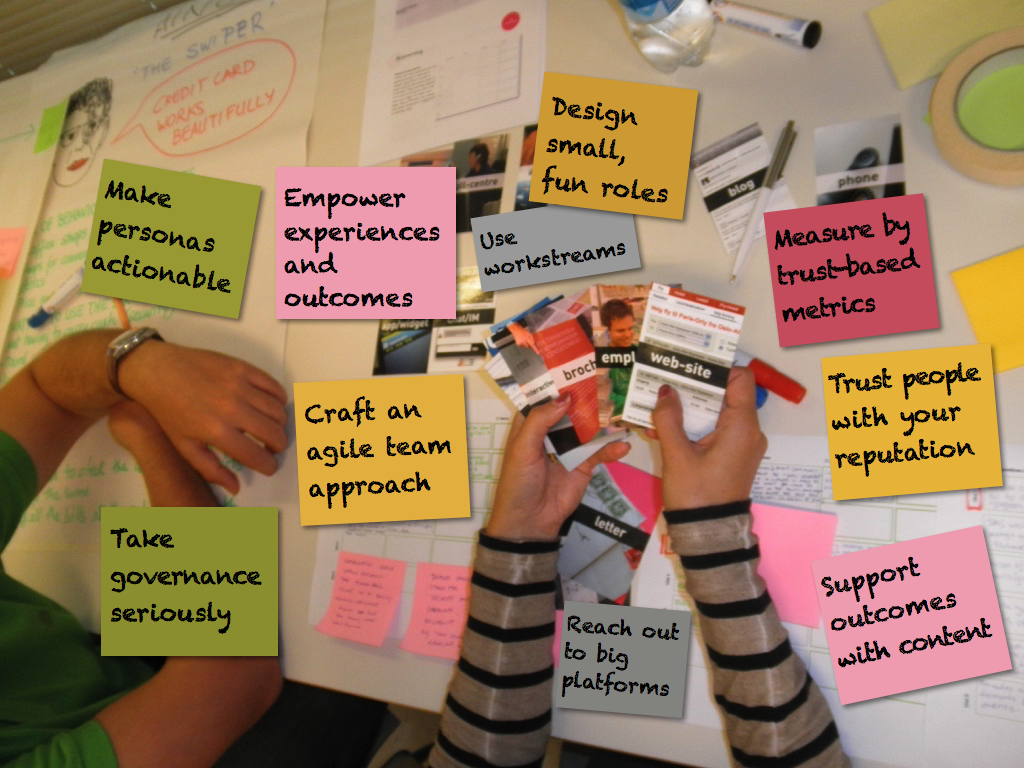Social media strategy good practices is a short list of principles that can make your firm stand out when empowering customer and employee experience. It’s part of a talk I gave today to a large multidisciplinary team. Their venerable institution plans to use social media strategy to get the ducks in a row without too much squawking. The most exciting aspect of social media strategy is that there’s so much room for improvement: while your peers and competitors are trying to “engage” with finely crafted-yet-impersonal content, you can power past them using experiential social media, which focuses on scalable interaction.

Here are the cliff notes to the good practices part of our discussion:
[…]

 ZDNet reports on “research” that finds that websites provide 7 times more sales leads than “social media.” Unfortunately, the writer doesn’t appreciate the self-irony in the second paragraph: “A company’s corporate website was found to be the top source of new sales leads online — second only to personal referrals..”
ZDNet reports on “research” that finds that websites provide 7 times more sales leads than “social media.” Unfortunately, the writer doesn’t appreciate the self-irony in the second paragraph: “A company’s corporate website was found to be the top source of new sales leads online — second only to personal referrals..” Facebook Pages and Groups are rapidly becoming like websites or phone numbers—overwhelmingly banal. Last year, it was still novel for many companies and governments to launch Pages or Groups, but 2010-2011 is proving to be the inflection point: people merely expect Facebook presence because every organization has one. In step with this, the competition for Fans’ (now “Likes”) attention on Facebook is high and will continue to get higher. That said, as difficult as it is, launching and growing a powerful Facebook presence is eminently doable with the right strategy and execution. Here I will share some of my notes with a current engagement for how to grow a quality Fan base by building and leveraging a network around your presence. By the Way, Pages and Groups share similarities but they are distinct in their functionality. This post will focus mostly on Pages, but many of its techniques will work with Groups as well.
Facebook Pages and Groups are rapidly becoming like websites or phone numbers—overwhelmingly banal. Last year, it was still novel for many companies and governments to launch Pages or Groups, but 2010-2011 is proving to be the inflection point: people merely expect Facebook presence because every organization has one. In step with this, the competition for Fans’ (now “Likes”) attention on Facebook is high and will continue to get higher. That said, as difficult as it is, launching and growing a powerful Facebook presence is eminently doable with the right strategy and execution. Here I will share some of my notes with a current engagement for how to grow a quality Fan base by building and leveraging a network around your presence. By the Way, Pages and Groups share similarities but they are distinct in their functionality. This post will focus mostly on Pages, but many of its techniques will work with Groups as well.